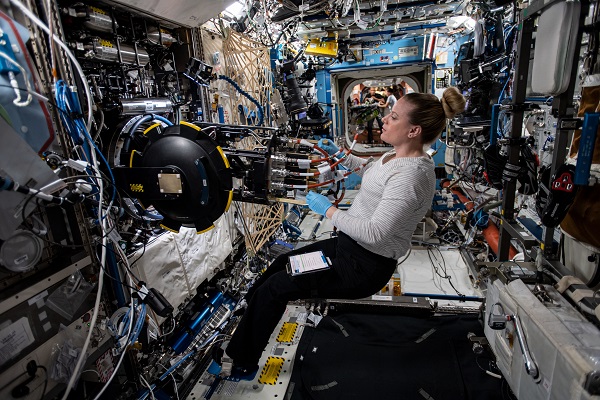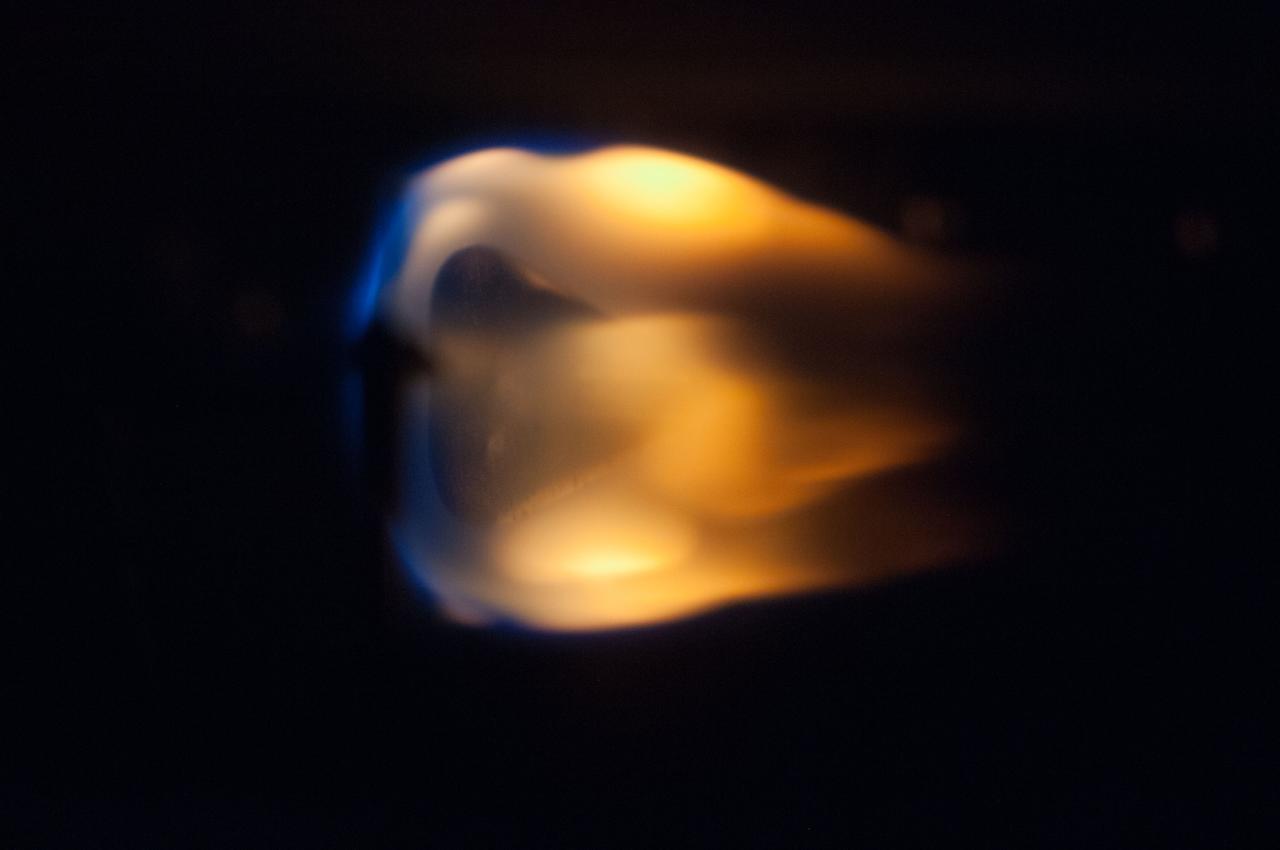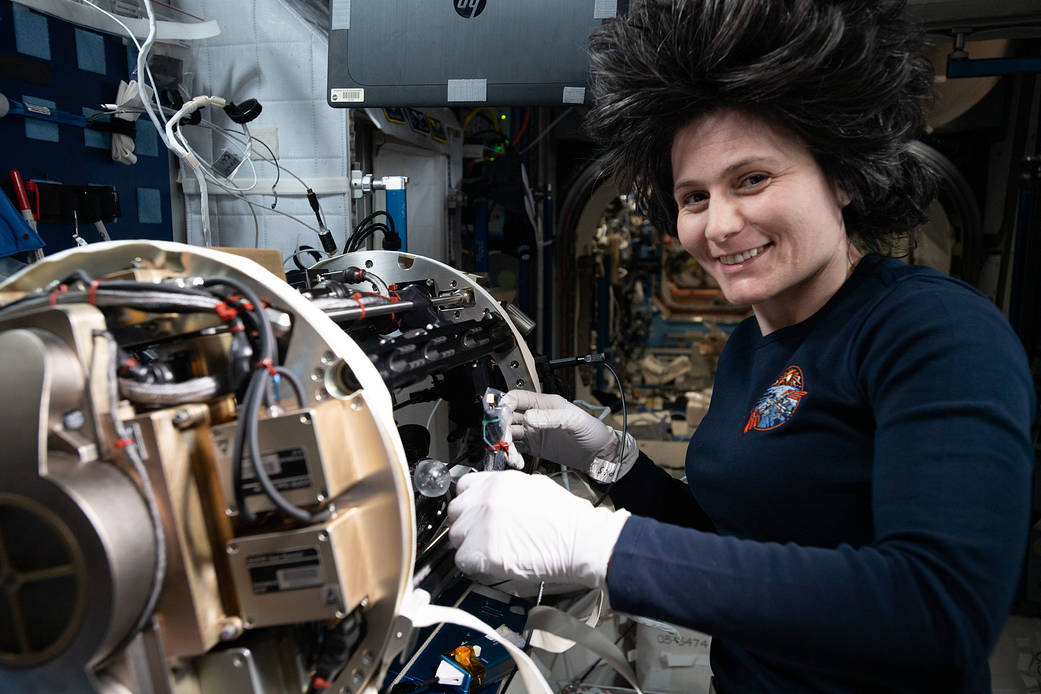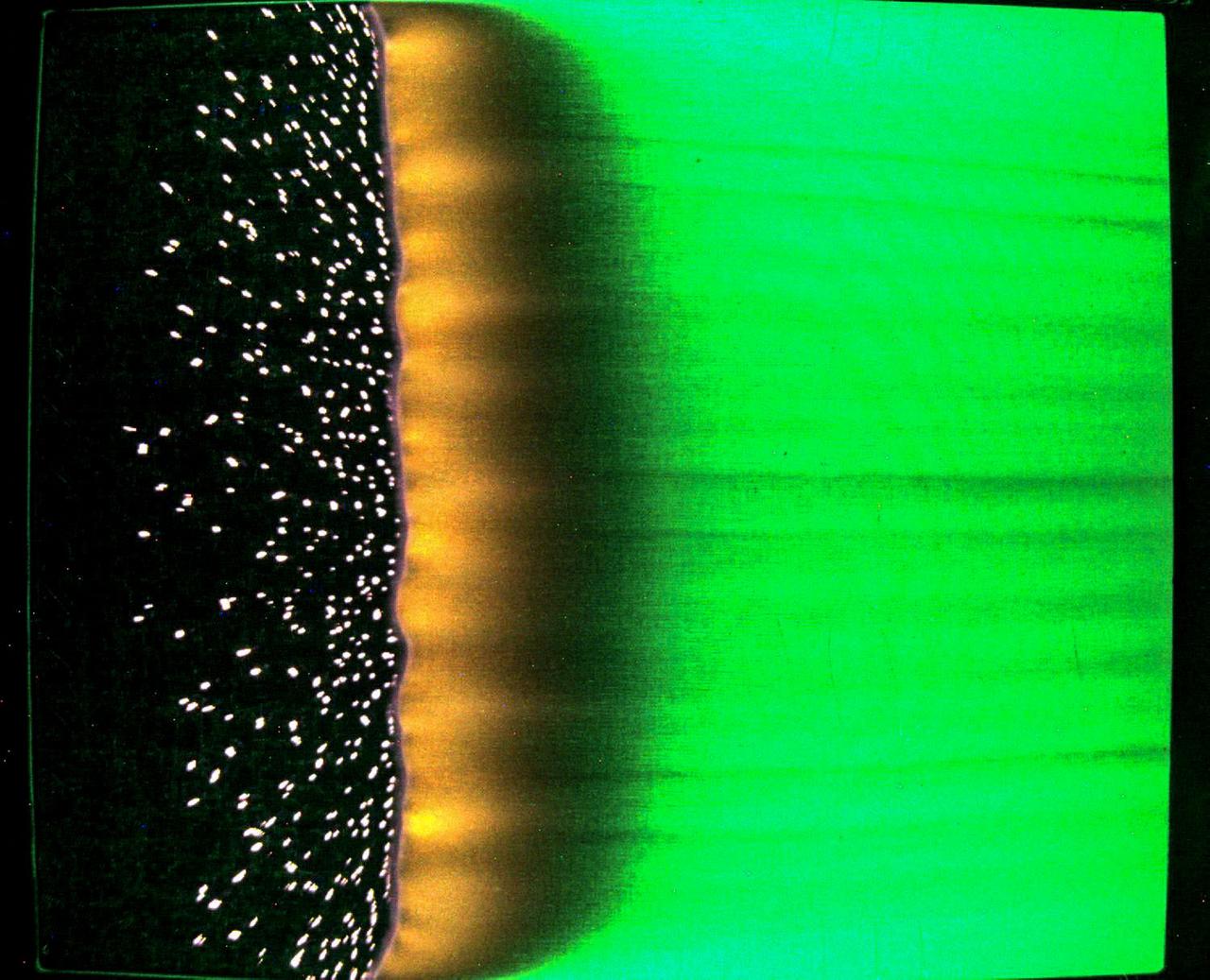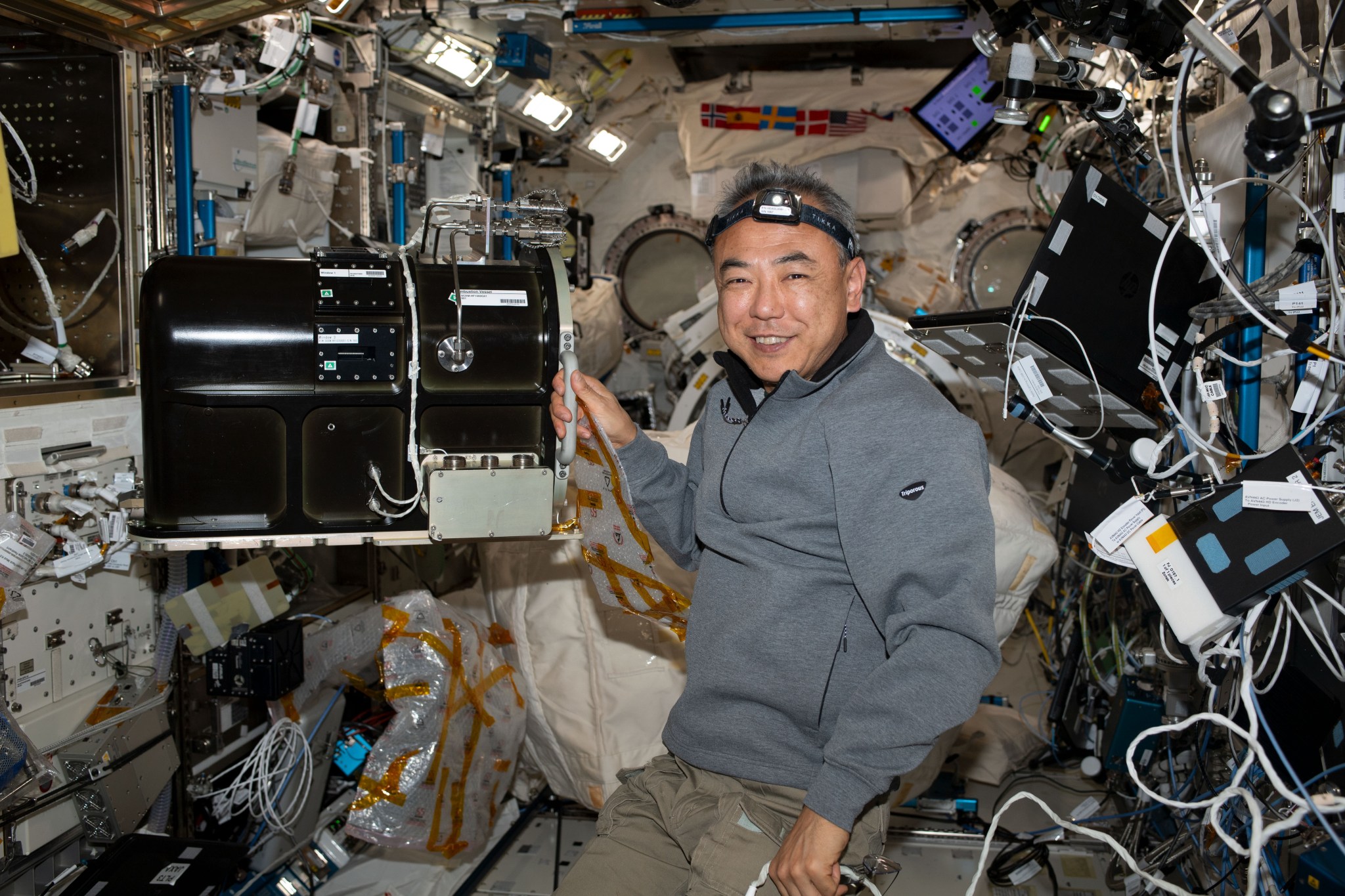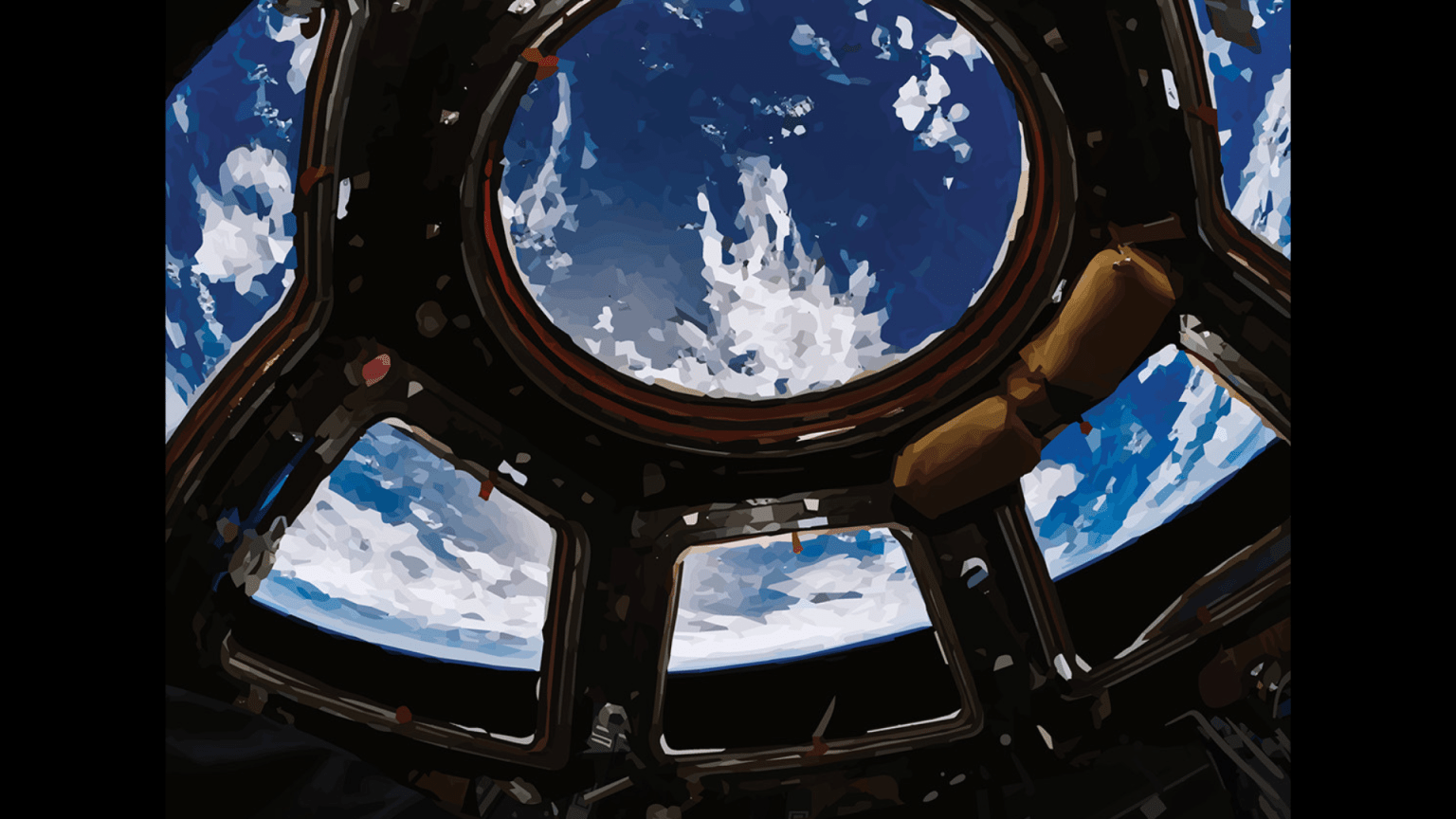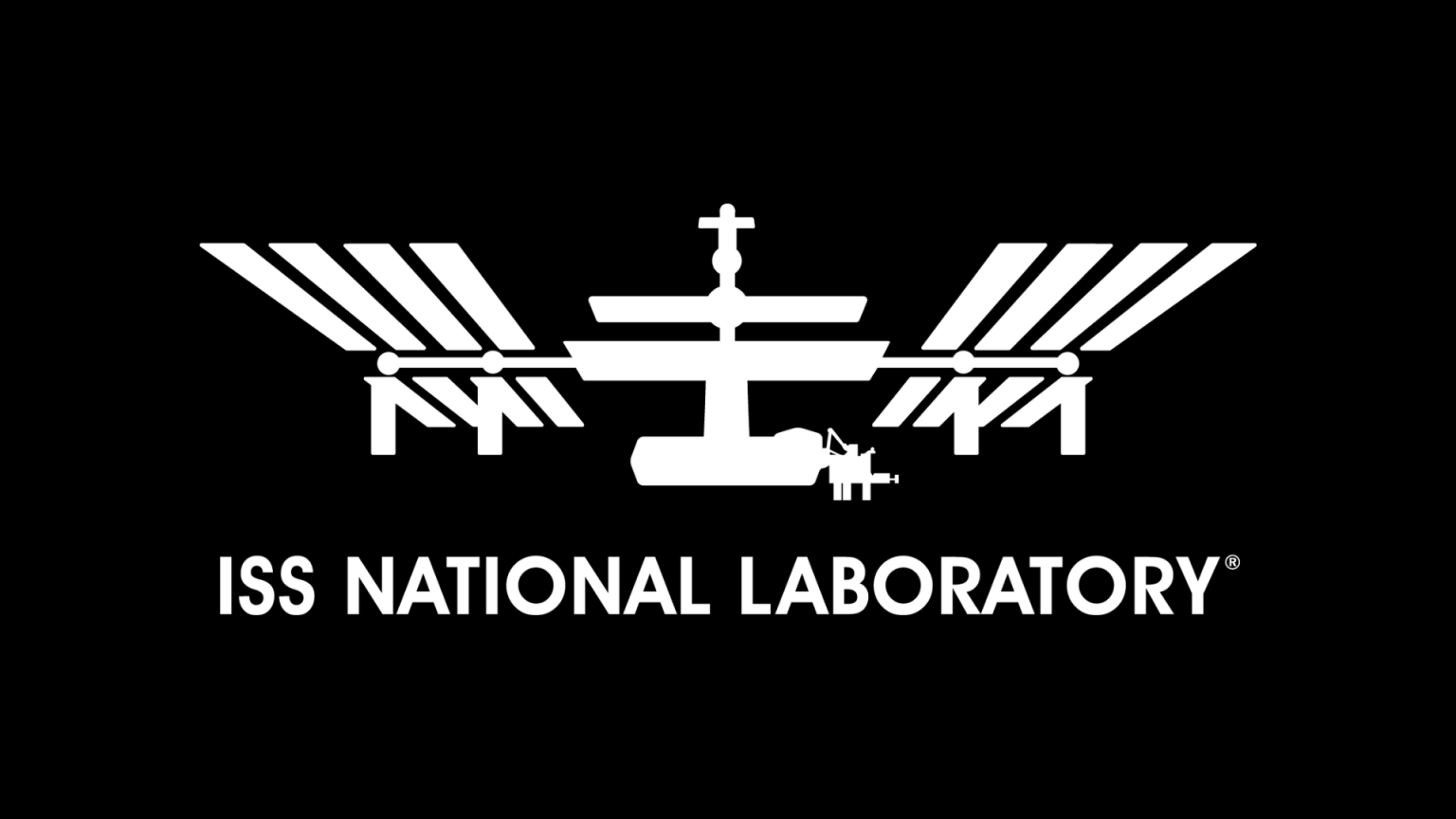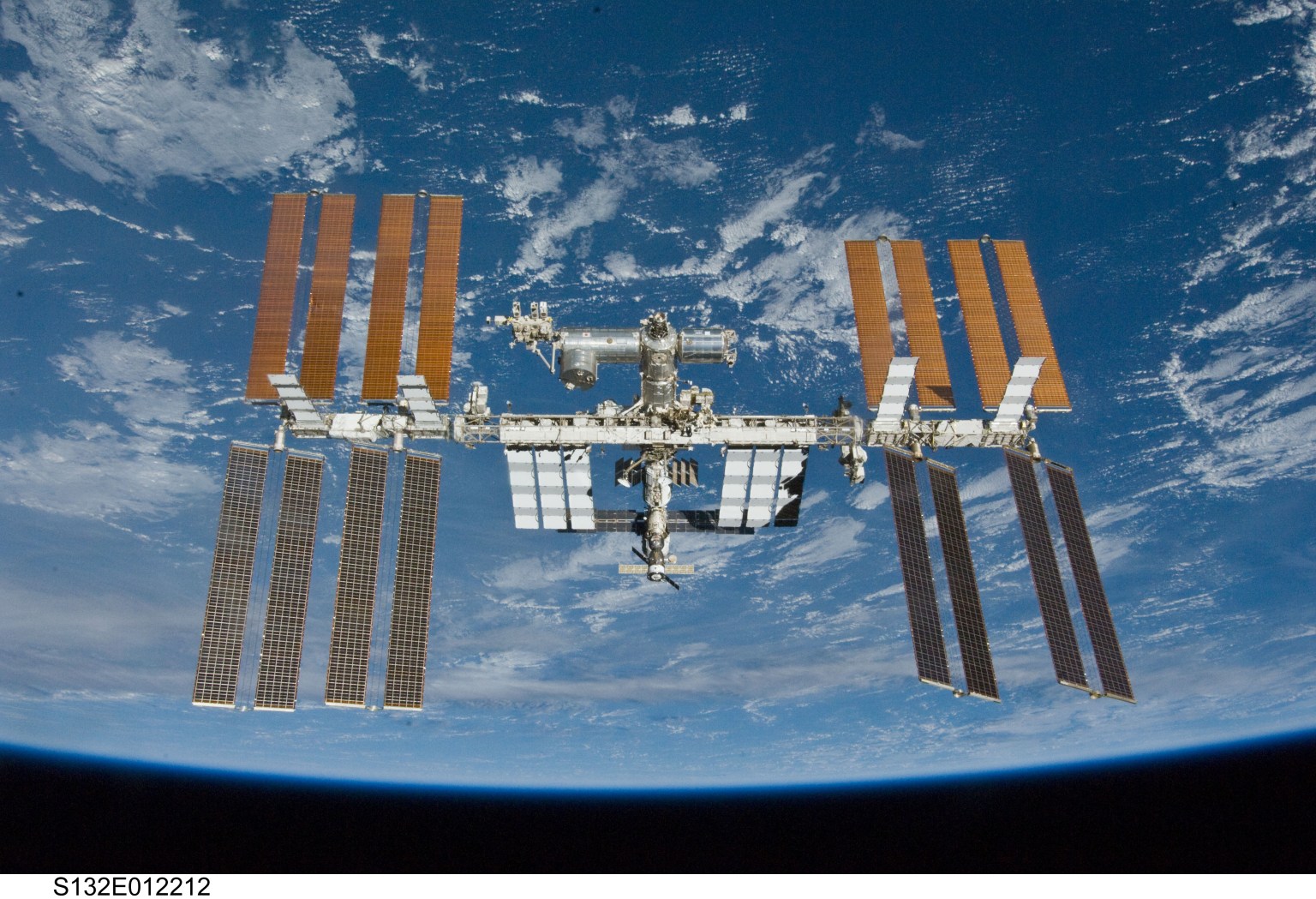Research on the International Space Station is helping scientists to understand how fire spreads and behaves in different environments and learn how to prevent and extinguish fires in space. Combustion investigations contribute to the safety of crew members, equipment, and spacecraft by guiding selection of spacecraft cabin materials, improving understanding of fire growth, and identifying optimal fire suppression techniques. This research also contributes to fire safety on Earth and some studies improve our understanding of combustion for uses such as producing electricity and powering vehicles on the ground.
Microgravity dramatically influences flames and provides a unique environment for studying combustion. For example, on Earth, hot gases from a flame rise and gravity pulls cooler, denser air to the bottom of a flame, creating the classic shape and flickering effect. In microgravity, this flow doesn’t occur and on the space station, low-momentum flames tend to be rounded or even spherical. By removing the effects of buoyancy, microgravity provides researchers a better understanding of specific flame behaviors.
The Combustion Integrated Rack (CIR), developed and operated by NASA’s Glenn Research Center, provides a secure and safe environment for a wide range of combustion experiments. Different chamber inserts that enable a variety of investigations include the Multi-user Droplet Combustion Apparatus, which supported FLame Extinguishment Experiments (FLEX), the Advanced Combustion via Microgravity Experiments (ACME) insert, and the Solid Fuel Ignition and Extinction – Growth and Extinction Limit (SoFIE) chamber.
FLEX, which analyzed the effectiveness of fire suppressants, led to the discovery of a type of cool flame, where the fuel continued “burning” under certain conditions after extinction of the visible flame. Typical flames produce carbon dioxide and water, but cool flames produce carbon monoxide and formaldehyde. Learning more about the behavior of these chemically different flames could lead to the development of more-efficient, less-polluting vehicles. Cool flames produced on Earth quickly flicker out. Since they burn longer in microgravity, scientists have the opportunity to study them.
FLEX-2 looked at how quickly fuel droplets burn, the conditions required for soot to form, and how mixtures of liquid fuels evaporate before burning. Results could help make future spacecraft safer and increase fuel efficiency for engines using liquid fuel on Earth.
ACME is a set of six independent studies using the CIR to examine fuel efficiency and pollutant production in combustion on Earth. The series also looked at improving spacecraft fire prevention through a better understanding of materials flammability.
One ACME investigation, Flame Design, studied the quantity of soot produced under different flame conditions. Soot, the carbon residue left when carbon-containing material does not fully burn, causes environmental and health issues but is desirable for some purposes. Results could enable the design of flames with more or less soot, depending on the specific need, and may help create more efficient and less polluting designs for burning fuel.
ACME’s Burning Rate Emulator (BRE) simulated the flammability of solid and liquid materials by burning gaseous fuels under specific conditions. Analysis of 59 BRE burn tests provided data on heat flow, flame size, effects of fuel mixture flow, and other important parameters.1 Results could improve the fundamental understanding of materials flammability and assess whether existing methods for testing flammability are effective in microgravity.
Burning and Suppression of Solids (BASS) was one of the first investigations to examine how to extinguish fuels burning in microgravity. Putting out fires in space must consider flame geometry, characteristics of the materials, and methods used to extinguish it, because methods used on the ground could be ineffective or even make the flame worse.
BASS-II examined the characteristics of a variety of fuel samples to see whether materials burn as well in microgravity as in normal gravity, given the right conditions. Several papers have reported results from BASS-II, with findings including the differences between flame spread and fuel regression and comparison of flame spread rates.2,3
SoFIE-GEL analyzes how the temperature of a fuel affects material flammability. Researchers report that experiment observations agree with trends predicted by the models. This investigation, the first in a series, burned solid spherical samples.
Saffire is a series of experiments conducted aboard uncrewed Cygnus cargo spacecraft after they depart the station, which makes it possible to test larger fires without putting crew members at risk. Results on flame spread in microgravity can be used to establish the rate of heat release in a spacecraft4 and show that reducing pressure slows down that spread.5
Confined Combustion, sponsored by the ISS National Lab, examines flame spread in confined spaces of different shapes. Confinement affects fire characteristics and hazards. Researchers report specifics on interactions between a flame and its surrounding walls and the fate of the flame, such as growth or extinction.6 These results provide guidance for the design of structures, fire safety codes, and response in space and on Earth. Other results suggest that confinement can increase or decrease solid fuel flammability depending on conditions.7
FLARE, an investigation sponsored by JAXA (Japan Aerospace Exploration Agency), also tests the flammability of materials in microgravity. Results could significantly improve fire safety on future missions.
Flame studies help keep crews in space safe. This research also could lead to more efficient combustion that reduces pollutants and produces more efficient flames for uses on Earth such as heating and transportation.
Search this database of scientific experiments to learn more about those mentioned above.
Citations
- Dehghani, P., Sunderland, P.B., Quintiere, J.G., deRis. J.L. Burning in microgravity: Experimental results and analysis. Combustion and Flame. Vol 228, June 2021, pp 315-330
- Huang X, Link S, Rodriguez A, Thomsen M, Olson SL, Ferkul PV, Fernandez-Pello AC. Transition from opposed flame spread to fuel regression and blow off: Effect of flow, atmosphere, and microgravity. Proceedings of the Combustion Institute. 2019 37(3): 4117-4126. DOI: 10.1016/j.proci.2018.06.022.
- Bhattacharjee S, Laue M, Carmignani L, Ferkul PV, Olson SL. Opposed-flow flame spread: A comparison of microgravity and normal gravity experiments to establish the thermal regime. Fire Safety Journal. 2016 January; pp 79111-118. DOI: 10.1016/j.firesaf.2015.11.011
- Urban DL, Ferkul PV, Olson SL, Ruff GA, Easton JW, Tien JS, Liao YT, Li C, Fernandez-Pello AC, Torero JL, Legros G, Eigenbrod C, Smirnov N, Fujita O, Rouvreau S, Toth B, Jomaas G. Flame spread: Effects of microgravity and scale. Combustion and Flame. Vol 199 January 2019; pp 199168-182. DOI: 10.1016/j.combustflame.2018.10.012.
- Thomsen M, Fernandez-Pello AC, Urban DL, Ruff GA, Olson SL. Upward flame spread over a thin composite fabric: The effect of pressure and microgravity. 48th International Conference on Environmental Systems, Albuquerque, New Mexico. 2018 July 8; p ICES-2018-23111
- Li Y, Liao YT, Ferkul PV, Johnston MC, Bunnell CT. Experimental study of concurrent-flow flame spread over thin solids in confined space in microgravity. Combustion and Flame. Vol 227, May 2021; pp 22739-51. DOI: 10.1016/j.combustflame.2020.12.042
- Li Y, Liao YT, Ferkul PV, Johnston MC, Bunnell CT. Confined combustion of polymeric solid materials in microgravity. Combustion and Flame. Vik 234 Dec 2021; pp 234111637. DOI: 10.1016/j.combustflame.2021.111637.



























